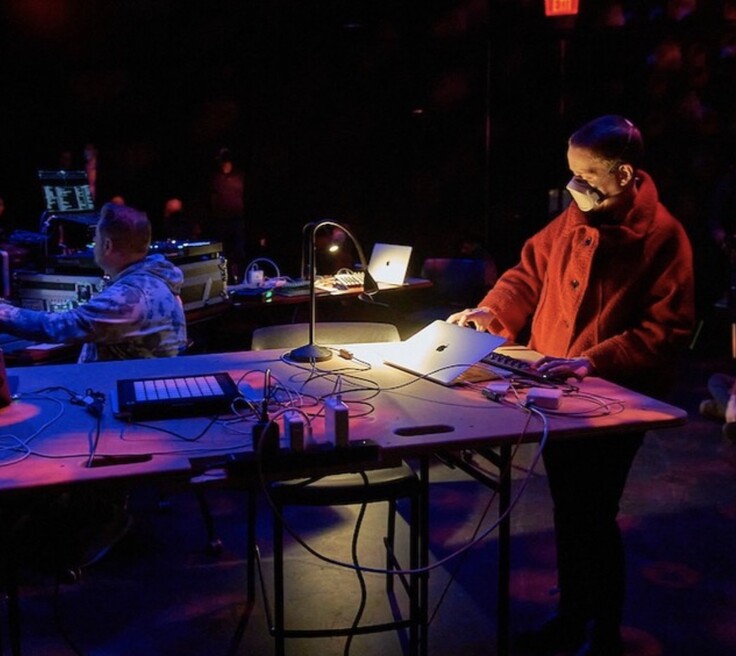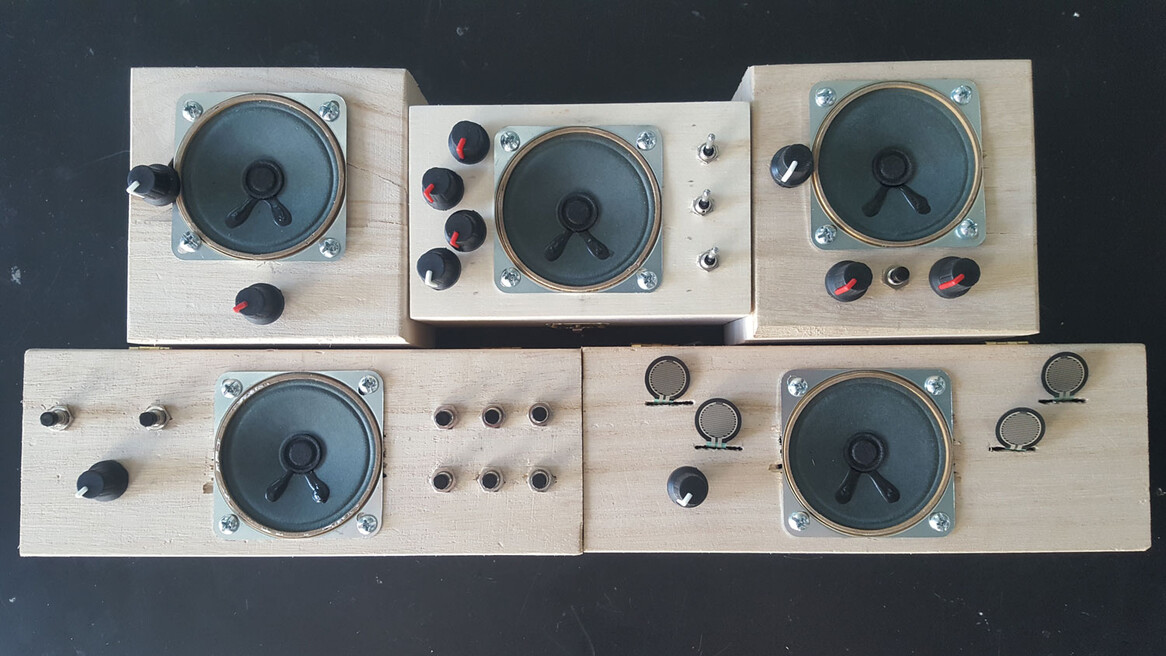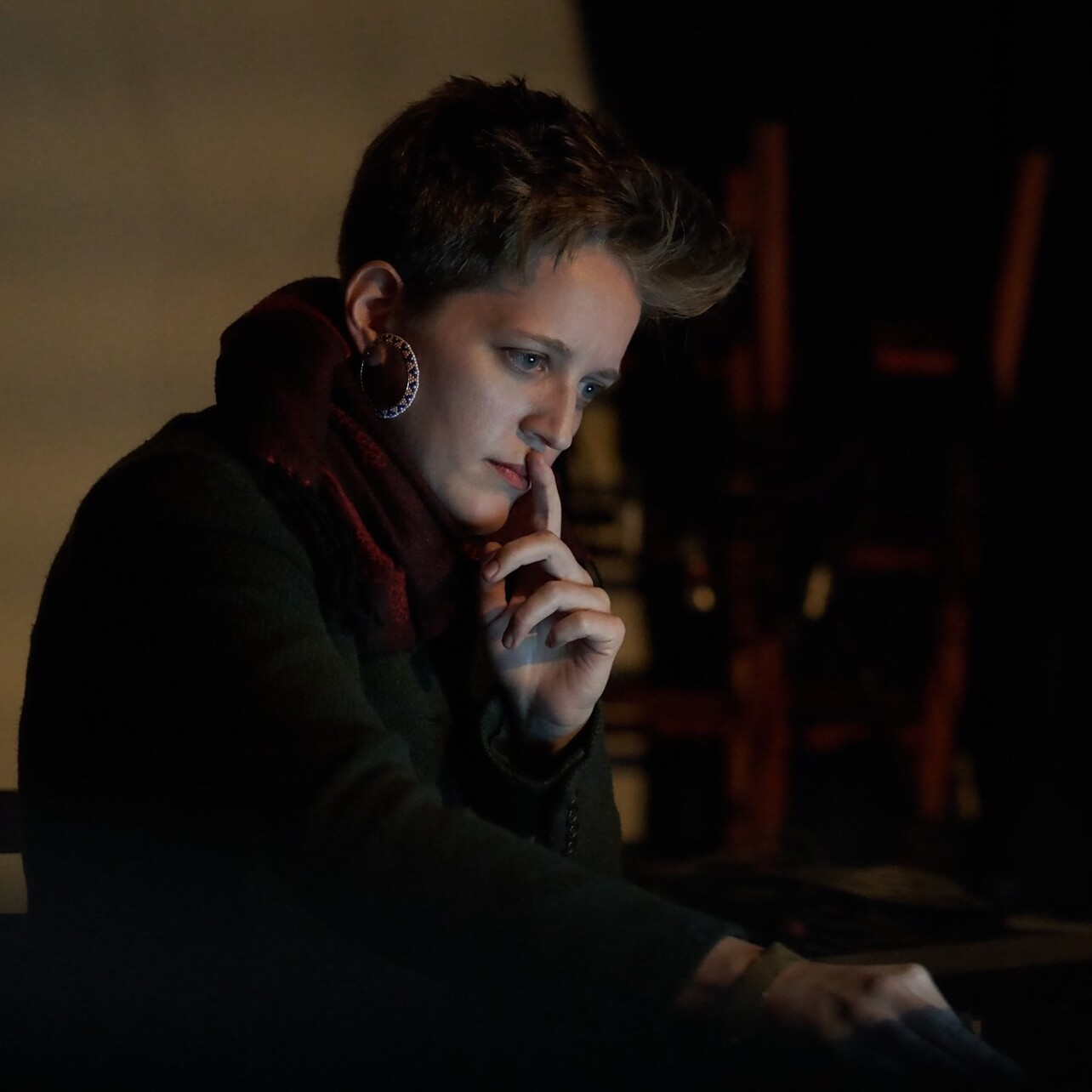Kristina Warren
area: Sound Art
Key Facts
nationality
USAarea
Sound Artresidence
Providence, RIrecommending institution
Fulbright Austriatime period
March 2023 - April 2023Kristina Warren (1989, US) is a sound artist, composer, and instrument builder based on Wampanoag and Narragansett land also known as Providence [US]. Both in solo projects and in collaborative work including curating, Warren believes that collective listening is a precious and political act. Warren uses self-designed and received audio tools to create performances, installations, and recorded works, whose recent “ASMR drone” style uses quieter volumes and careful orchestrations to help audiences perceive their own listening. Called “precise and unpredictable” (Marc Masters, Bandcamp) and “a combination of the synthetic and the fuzzy with the deeply human” (Brian McCorkle, Jazz Right Now), work by Warren has been presented internationally at venues including Spektrum [DE], Studio Loos [NL], The Bluecoat [UK], Espace des arts sans frontières [FR], Espacios Sonoros [AR], Radiophrenia [UK], Musik Akademie Basel [CH], Experimental Sound Studio (Chicago, US), Rhizome (DC, US), and the MIT Spatial Sound Lab (Cambridge, US). Recently a Visiting Assistant Professor of Electronic Music & Multimedia (Brown University, 2017-21), Warren holds a PhD in Composition and Computer Technologies (University of Virginia, 2017) and a BA in Music Composition (Duke University, 2011).
In cooperation with VLAN.RADIO (currently livestreaming every Friday from Hof 8 of the MQ), she had an exciting conversation, which you can listen to here: vlan.radio/onair-mqartists-kristina-warren
Wiener Töne: Investigating Site-Specific Audio Oscillator Design as Affective Measure of Time
During the Fulbright-Q21/MuseumsQuartier Artist-in-Residence program, I will design unique audio oscillators which are site-specific to Austria, in the process investigating (1) best practices for coding and optimizing these oscillators, (2) physical and creative affordances of interface design (i.e., how best to interact with these oscillator instruments), and (3) conceptual avenues for translating time and place to sound at the fundamental, “atomic” level of the oscillator.


